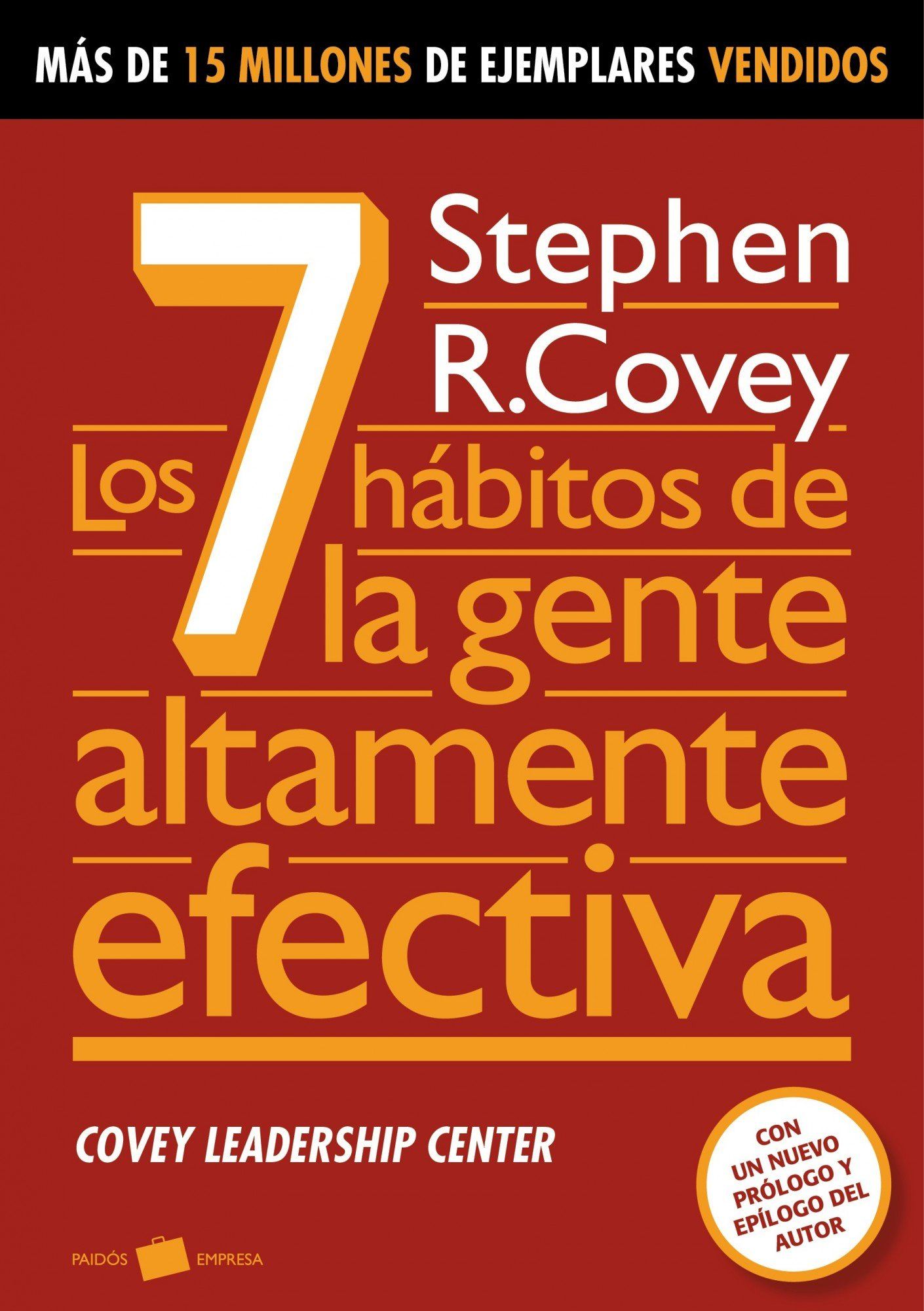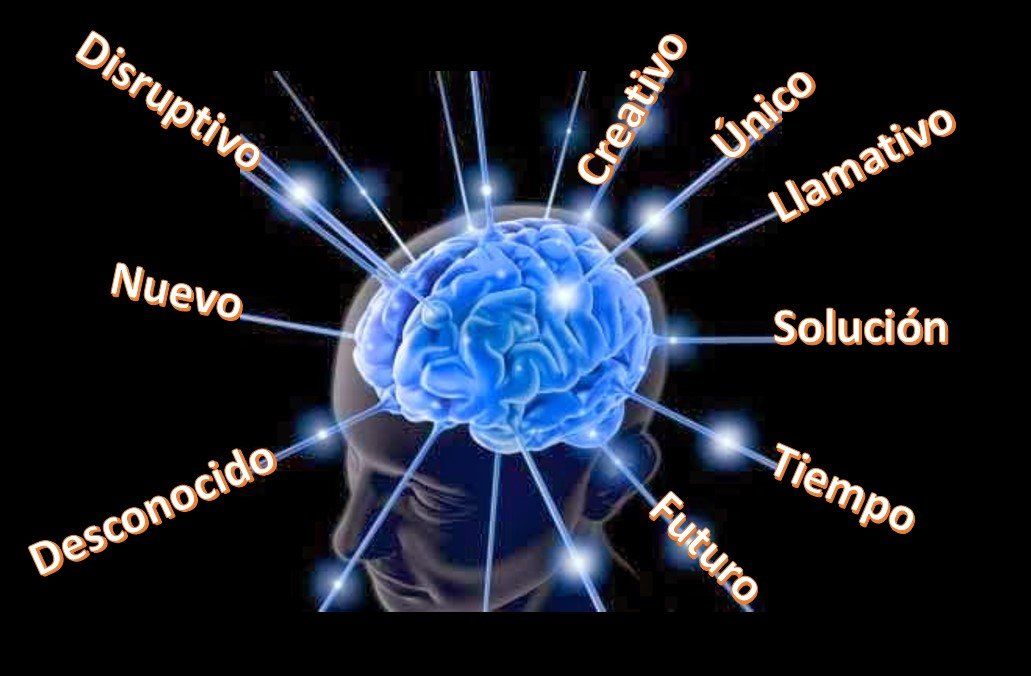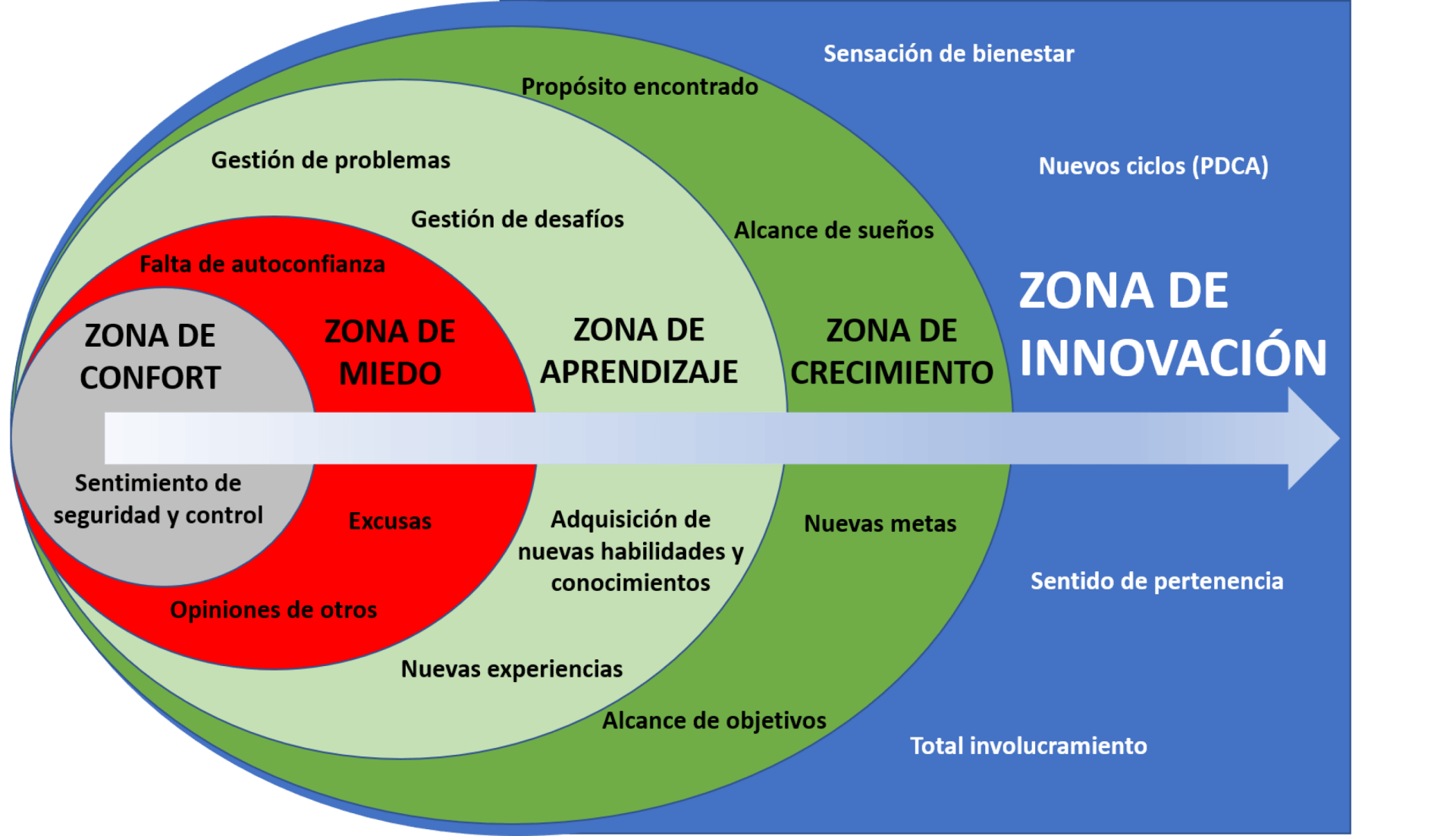Deciphering Feedback
From fatal flaws to good practices, we will touch everything. Few things can speak more about the leadership skills of a person, than the way he or she gives feedback to members of his/her team, to his/her teammates and to his/her supervisors.

From fatal flaws to good practices, we will touch everything. Few things can speak more about the leadership skills of a person, than the way he or she gives feedback to members of his/her team, to his/her teammates and to his/her supervisors. Yes, giving candid feedback to a supervisor is a particularly good thing to improve the working environment in a team. We recommend reading all, interesting things are discussed in this blog.
If organizations want their products or services to be attractive for their customers, they need to evolve quickly, if they want to become an attractive employer and hire the best talent available, they have to evolve quickly, from the core. Adapting themselves to a whole new world with a whole new values and principles. Translation? all leadership styles must evolve as well. Traditional leadership styles or leadership styles from 20, 30 or 50 years ago no longer serve or no longer work in this new world we live in. Leaders must evolve with their teams; leaders must be humbler than ever before. This parts from a very simple premise, we can teach new generations lots of things when it comes to performing well in a specific industry or company, but certainly, these new generations live at a whole different speed, and we can learn from them quite a lot about the world we are living in, the new interests, the new values, the things that are now attractive. This new collective way of thinking can become the greatest tool of a team to perform extraordinarily.
One thing we need to keep in mind, the world is not going to adapt itself to our needs, never, ever. Individuals and organizations need to adapt to the world they are living in, this means adapting to new generations, new ways of thinking and of course, new ways of acting. Never has been more necessary for an organization to constantly reorient their core values, their mission and vision. Attitudes, interests, actions, etc. of younger generations are completely different to how they were 10, 20, 30 or 50 years ago. Therefore, the way we communicate with our teams is also in need of evolving. If we communicate differently, then we are required to give feedback in a different way, we must become particularly good at it to maintain our teams engaged. Feedback is necessary when working in teams, leaders are required to concentrate themselves hard so they can become remarkable when giving feedback, so they can really learn about “Candid Feedback”.
Certainly, giving feedback to a person can be a situation that makes both the giver and the receiver uncomfortable. And it does not matter if it is negative or positive, it can be uncomfortable. This discomfort is because it is not easy to comment on the behavior, actions and performance of a person who is probably not within our closest social circle. Commenting to a close friend or family member is something else entirely. It is relatively easier to tell a friend or family member that he or she is wrong or right. Doing it with someone we interact with every day but who is not part of our social circle is something different. This difference stems from the fact that we know the people we give feedback in a working environment much more than in a social environment. Some clues begin to emerge with this last statement. For practical purposes, this blog will focus more on the part of giving negative feedback, but we will touch on the point of giving positive feedback.
This is known in the industry as "Candid Feedback". There are thousands of leadership courses to teach organizational leaders at all levels to give feedback, but this becomes more a matter of practice and common sense. Giving proper feedback speaks volumes about an individual's leadership skills. There are few things that can demonstrate a person's leadership skills more than the way they give feedback to people. It's amazing how many mistakes and how many bad leaders we can find in the industry. Several of us if not all of us have been fortunate to experience in the corporate work environment people who are extraordinarily skilled at giving feedback and we have also been fortunate to have poor leaders and people who even offend when giving feedback. One thing is real, it is a "brutal fact", if we know how to give feedback, we should also know how to receive it. Not everything in the work and corporate environment will be positive, there will be moments of mistakes and there will be moments to correct the course.
FATAL FLAWS when giving negative feedback:
- Making it public or in front of others:
- This can be interpreted as public humiliation or can be perceived by the feedback receiver as humiliation. Humiliating in public or in private is a fatal flaw.
- Speaks poorly about the leadership of the person giving the feedback as it is interpreted as if he or she constantly needs to reinforce in front of everyone that he or she is the highest ranked employee in the room and that is simply not needed at all. This is a fatal flaw for the leader.
It is common to have meetings were several topics will be discussed, therefore is common to have disagreements in this kind of meetings. Nonetheless, if a leader perceives that something is entirely wrong, the information is not accurate or the postures of a the participating associates are not the correct, than the leader should change the topic, move forward on a different topic and schedule a 1 to 1 session with the person or the persons who are considered to have committed a mistake.
2. Judging the individual and not the action. Making it personal, using offensive words:
This is common to find between extremely poor leaders. Always pointing to personal traits, always intensifying the problem as being a problem with the individual and only that. Not giving option to a development plan, calling names, exposing how shameful situation they are in and most of the time in public.
Examples:
i. You have destroyed the reputation of this department
ii. This is a shameful situation, everyone is ashamed on us because of you
iii. You are a fool for doing and saying that
iv. You are a “………….” This phrase should never be used when giving negative feedback to someone. Sets a blaming tone in the conversation.
v. You do not have what is necessary
vi. You are very immature
vii. You do not have the skills
viii. You still have much to learn
ix. I pay you too much
x. Why do I have you if I have to fix everything?
3. Shouting:
Definitively a big fatal flaw. It is common that people’s feelings play a big part in how someone gives feedback. Being able to stay always cool and plain might result challenging and complicated, but it is a must when it comes to giving negative feedback. Some organization leaders get out of control setting immediately the climate of the working environment. This is a “no coming back” situation. Once someone within a team has gone this far, there is no coming back, the working environment will never be the same no matter if someone apologizes. It has set the tone and the kind of interaction that will always prevail in a team.
4. Threatening:
This is also a no go and should always be avoided. Threatening associates or collaborators with losing their job also speaks very poor about the leadership skills of a person.
Examples:
i. I will fire you for this
ii. I will fire you if you do not fix this fast
iii. My boss is not kidding, he will fire you and I would not be able to protect you
iv. My boss has fired a lot of people before because of this
v. When my boss gets mad, he loses control, be careful
vi. Pressure is rising and you must be able to manage it or you will have to leave the company
vii. This is not the right company for you
viii. This is not the lousy company you use to work before; this is …
ix. I will involve Human Resources in this, I will put you at their mercy
x. I will ask Human Resources to act
5. Not being very clear on what is said and the message that we are trying to give:
It is the equivalent of not saying anything at all. Being vague is also a fatal flaw, we must be truly clear on the message, it has to come with an action plan agreed between both sides.
6. Hitting the table with the palm of your hand in sign of desperation / throwing pens, notebooks or things in the table / throwing things:
Leaders are required to keep themselves plain with their feelings. Leaders are required to have the maturity and emotional intelligence to control themselves to come with suggestions that solve the problem rather than accusations to something or someone.
Regarding positive feedback:
If done correctly and in a timely manner, it can deeply engage a team and it can exponentially increase the performance of teams and individuals. One of the basic characteristics of the generations so called millennials and centennials is that they greatly and deeply value appreciation and recognition when performing and working in teams. This means they value receiving constant feedback. It gives them the sense of presence, of attention, the feeling that what they are doing matters and have an important purpose.
Good practices when giving positive feedback:
1. Be genuine.
Do not recognize members of your team just because you have been told that you should do it. Be genuine about it. Identify the right things or the situations where recognition is required.
2. Speak from your heart.
Remark on how the positive action or attitude positively impacts the overall performance of the team or department.
3. Do not recognize about everything.
Appreciation and recognition can lose its value if done for simple tasks or common things. Again, identify things that really require to show appreciation and recognition.
4. Be there.
If there are meetings or forums where people would be recognized and you are expected to be there to say something, do whatever you have to do to show to that meeting. Be there, do not skip these forums because something important arose. You will end up understanding later that the recognition forum was more important than whatever caught your immediate attention for that moment. The message sent just by showing up is a strong message, either for good or for bad, but it is a strong message.
5. Public appreciation.
Unlike negative feedback, public recognition is positive and sets a good environment within teams.
“One last advice when giving negative feedback to an associate or team member: think and truly try to imagine that the person you are going to give feedback to is your boss, supervisor or manager. Automatically your mind would find the right tone and the right words, so you do not offend or discourage the person you have in front.”
There you go, pay attention, stay tuned, become truly good when giving feedback, as this blog started, few things can show or demonstrate your leadership skills as the way you give feedback to people.
Share
Te Recomendamos / We Recommend












